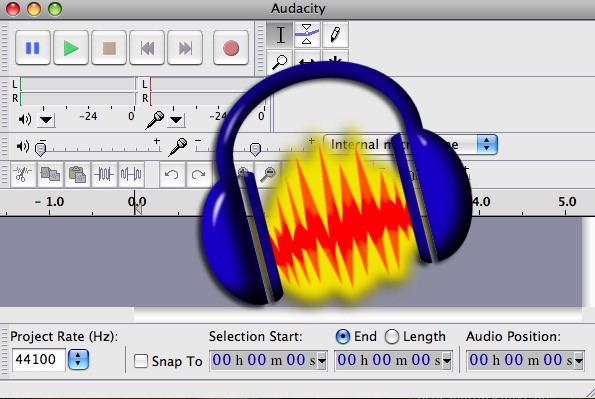Advantages And Disadvantages Of Audacity Software Tutorial

This is a presentation to explain the use and advantages of Audacity and Podomatic Slideshare uses cookies to improve functionality and performance, and to provide you with relevant advertising. If you continue browsing the site, you agree to the use of cookies on this website. Around Europe about the advantages and disadvantages of open source and free software. Advanced Screencasting: Editing Narration in Audacity Tutorial.
After 30 hours spent using and comparing audio editing software, we’ve found to be the best all-around option for beginners looking to create their own podcasts. The open-source Audacity runs on Windows, Mac, and Linux computers, and it’s free, which eliminates one of the biggest stresses of trying out software.

Audacity’s user interface is bare-bones compared with that of its competition, including other free options like Apple’s GarageBand, but it provides all the tools, features, and support you need to quickly and easily create great-sounding audio productions. It offers, by far, the best value of all the audio software we tested. While recording and editing in during our tests, we quickly realized that a powerful and feature-packed application lay beneath the software’s stripped-down interface. Controls for setting up external equipment such as a or are located in the main window for easy access. The main window also contains panels with everything you need to edit, monitor, and mix audio tracks. In addition, Audacity comes with a sophisticated suite of audio-processing effects to remove the noise, coughs, clicks, and other unwanted sounds that microphones can capture during recording. And although learning how to best apply those effects takes time, Audacity’s thorough online manual, tutorials, and support forums will speed you through the process.
It doesn’t support MIDI or musical-instrument plug-ins, so it isn’t the best choice for solo musicians looking to make finished musical tracks, but it is a complete package for anyone who just wants to experiment with recording audio. Like Audacity, packs a wide range of audio editing tools and audio processing effects.
Reaper’s interface is more sophisticated, though, and its MIDI-editing features make it a better option for anyone who wants to add their own music to their podcasts, or even for solo musicians/producers looking to make finished tracks at home. Reaper’s wealth of features and customization options put it on the same level of functionality as industry-standard digital audio workstations (DAWs) like Cubase and Pro Tools, but at just $60 for an individual or nonprofit license at this writing, Reaper costs about a fifth as much—it’s a tremendous deal. Compared with those programs, Reaper is highly approachable and easy to learn, with an extensive library of online help and video tutorials to get you up and running. Once you’ve learned the ropes of basic audio editing and you’re ready to step up your game (that is, take your podcast to a larger audience), we recommend, a powerful platform with an exhaustive range of tools to smooth out and sweeten the sound quality of recorded tracks.
• Submit new error reports. Here is how you can contribute to Presto - Bwv 1001 Sonata No 1 In G Minor Tab: • Vote up (down) error reports that look useful (not useful) to you using arrow buttons to the left of error reports. With your help, we can build a collection of accurate tabs for every imaginable song out there. • Flag inappropriate error reports for deletion by moderators if they are offtopic, abusive, low quality, duplicate, etc. Bach bwv 1001 presto guitar pdf of the show.
Its noise-reduction features in particular are top-notch, and its EQ tools go a step beyond those of the other software we evaluated for this guide. Audition is easy to use, with a clean user interface and a wide range of templates and presets, but it also offers a high level of customization. At $20 per month, or $240 per year, it isn’t cheap, but it is the best podcast recording and editing software in that price range. If sound quality is your main concern, Audition is well worth the investment. I have two decades of experience reviewing AV products, and I’m currently a contributing technical editor at Sound & Vision magazine and a regular contributor to the SoundStage network of websites. I’m also a musician (drummer) who has logged countless hours recording rehearsals and demos for various bands I’ve played in.
As a longtime dabbler in electronic music production, I have extensive familiarity with the tools of the trade, including recording interfaces, MIDI controllers, and the other gear used in desktop studio environments. I consulted a number of professional podcast producers for this guide: Jason Howell of and Tom Merritt of have been in the podcast biz since 2005, when they worked on CNET’s daily tech news show Buzz Out Loud; Stephen Hackett is a co-founder of the podcast network, with 10 years of podcasting experience under his belt; and Dan Benjamin is a longtime podcaster and founder of the podcast production company.